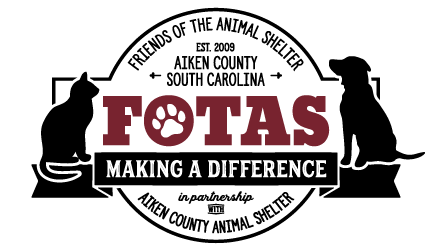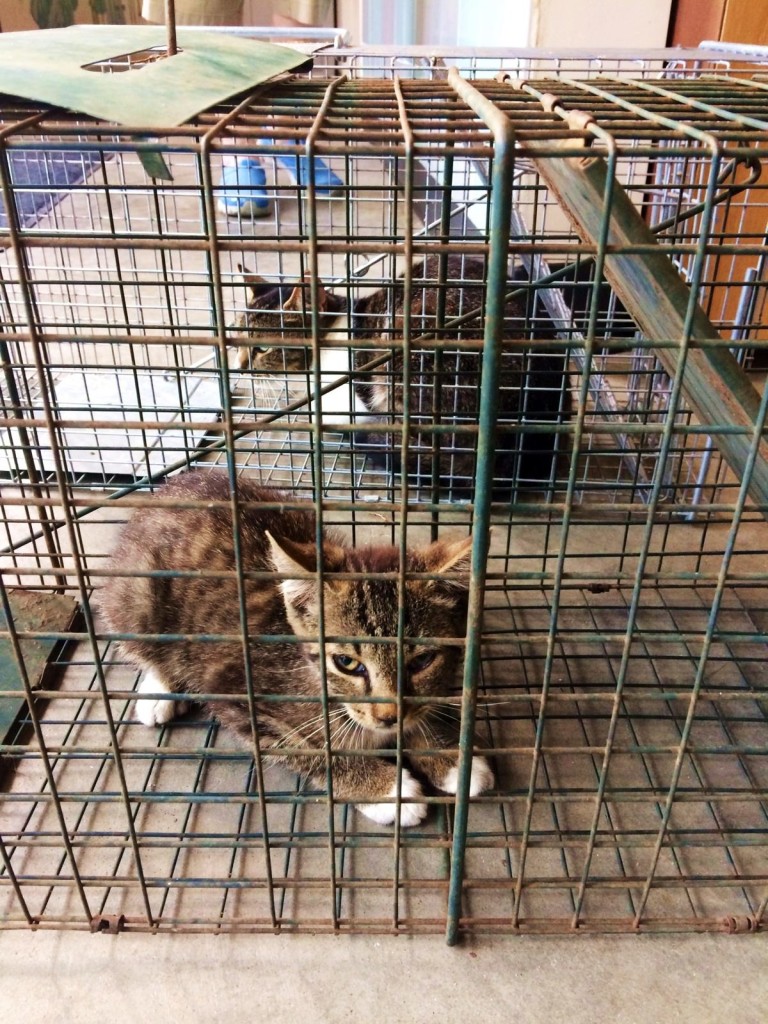By Bob Gordon, FOTAS Director of Communications
While it is impossible to determine exactly how many orphaned dogs and cats live in the United States, the American Society for the Prevention of Cruelty to Animals (ASPCA) estimates that for cats alone the number is upwards of 70 million. That figure is staggering but the ASPCA stat that is a true jaw-dropper is this one: only 10 percent of the animals received by shelters have been spayed or neutered, while 83 percent of pet dogs and 91 percent of pet cats are spayed or neutered.
This means a vast majority of pet owners are acting responsibly by getting their pets fixed. But a small percentage of people who do not get their animals spayed or neutered are the source of our cat and dog overpopulation crisis.
FOTAS and the Aiken County Animal Shelter are well aware of this troubling trend, and that is why they are working together to make spay/neutering pets as easy as possible for local residents. Aiken County has a voucher program to assist its citizens who are in need of financial help to spay/neuter their pets and community cats. It also has a Trap/Neuter/Release (TNR) program in which feral cats are fixed and then returned to local cat colonies.
FOTAS supplements both of these limited County initiatives with its “Fix-A-Pet” program. In fact, since launching Fix-A-Pet in 2013, FOTAS has organized and, through donations, paid for the spay/neuter surgeries of more than 1,800 community cats and pets owned by citizens in need of financial assistance.
Now you may be thinking, “How can such a small minority of irresponsible pet owners create such a huge overpopulation problem?” If we take a look at some more stats, the answer to that question becomes crystal clear. According to the ASPCA, a fertile cat produces one to two litters of kittens a year; the average number of kittens is four to six per litter. A fertile dog produces about one litter per year and the average amount of puppies in a litter is four to six. In other words, the cute little critters can make a lot of babies in a very short time.
Cats are especially impressive breeding machines. They can become sexually mature at four months old. Since the average gestation period for a cat is about two months, a kitten could deliver a litter when she is as young as six months old. Kittens having kittens! This is why it is not uncommon for people to start caring for a small group of cats living on their property and soon witness the manageable group explode into a cat colony of 20 or more felines.
It is heartbreaking when cats and dogs are abandoned by their owners and left to fend for themselves. The animal’s world is shattered. But when the dog or cat is not fixed, the result is a cycle of heartbreak as multiple unwanted, orphan animals are born.
Please help spread the word to spay/neuter your pet. Until everyone in our community fixes their pets, the County Animal Shelter and other local shelters will continue taking in thousands of homeless animals every year.
For more information about the FOTAS Fix-a-Pet Program, please go to www.fotasaiken.org or call the Fix-A-Pet Hotline, (803) 514-4313.
Their lives are in our hands…


